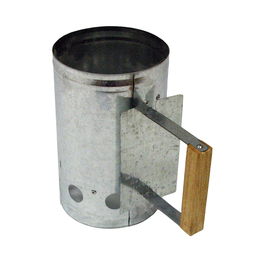So, I've been up late the last few evenings, trying to get that evening load to light-off. I've been starting from a cold stove most evenings, and probably rushing things a bit. However, I can have the stove top at 550F and the outside of the single wall pipe at 600F, close bypass damper, and watch the cat go to only 550F. If I start closing the air down (incrementally, over however long a period I desire), the cat temp will fall back into the 400's.
It seems I must get the cat up above 700F, to get it to stay at a reasonable temp, when I lower the air control. I can eventually do this, but it means either running the stove in bypass an hour with air closed down pretty far to prevent overheating the flue, or engaging the cat and just running with the air wide open until the cat temps finally start to climb out of the 500's.
Frustrating, but I'm guessing my wood supply is the issue. I'm going to have to resplit and check a few pieces this weekend. I'm burning Sandy walnut and ash, split last Thanksgiving.
It seems I must get the cat up above 700F, to get it to stay at a reasonable temp, when I lower the air control. I can eventually do this, but it means either running the stove in bypass an hour with air closed down pretty far to prevent overheating the flue, or engaging the cat and just running with the air wide open until the cat temps finally start to climb out of the 500's.
Frustrating, but I'm guessing my wood supply is the issue. I'm going to have to resplit and check a few pieces this weekend. I'm burning Sandy walnut and ash, split last Thanksgiving.



 Good night, begreen!
Good night, begreen! ), I think its downdraft stoves in general - I have the same issue with My Enocore/Condar steelcat. A small load will lightoff nice and easy and on the first load if its only a few splits I can get the cat to light as soon as I have the griddle up to 500 even if the cat probe is not reading hot yet.
), I think its downdraft stoves in general - I have the same issue with My Enocore/Condar steelcat. A small load will lightoff nice and easy and on the first load if its only a few splits I can get the cat to light as soon as I have the griddle up to 500 even if the cat probe is not reading hot yet.

